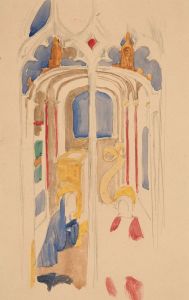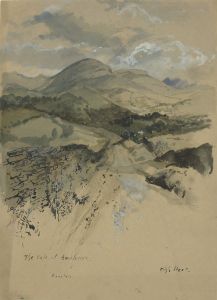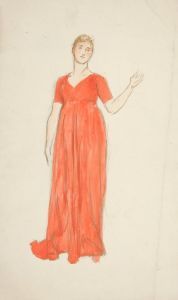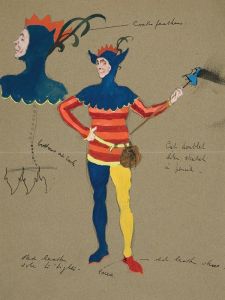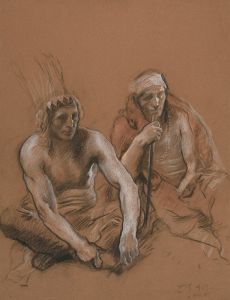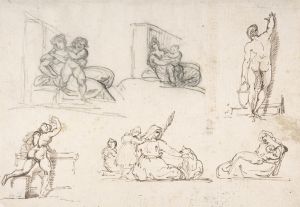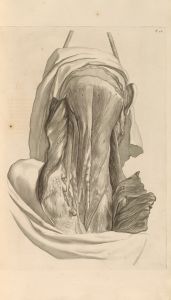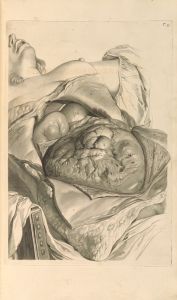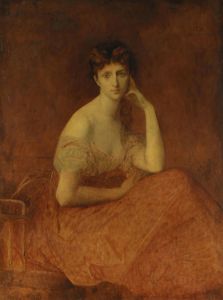
Sketch of a woman – study for a play
A hand-painted replica of Edwin Austin Abbey’s masterpiece Sketch of a woman – study for a play, meticulously crafted by professional artists to capture the true essence of the original. Each piece is created with museum-quality canvas and rare mineral pigments, carefully painted by experienced artists with delicate brushstrokes and rich, layered colors to perfectly recreate the texture of the original artwork. Unlike machine-printed reproductions, this hand-painted version brings the painting to life, infused with the artist’s emotions and skill in every stroke. Whether for personal collection or home decoration, it instantly elevates the artistic atmosphere of any space.
Edwin Austin Abbey was an American artist known for his illustrations and paintings, particularly those that depicted scenes from Shakespearean plays and other literary works. Abbey was born in Philadelphia in 1852 and gained prominence in the late 19th and early 20th centuries. He was a member of the Royal Academy in London and spent a significant portion of his career in England, where he created many of his most famous works.
"Sketch of a Woman – Study for a Play" is one of Abbey's lesser-known works, and there is limited information available about this specific piece. Abbey often created sketches and studies as preparatory works for his larger paintings or illustrations. These studies were crucial in helping him develop the composition, lighting, and character expressions that would later be refined in his final works.
Abbey's artistic process typically involved meticulous research and attention to detail. He was known for his ability to capture the essence of a character or scene with just a few strokes of his pencil or brush. His sketches often reveal his thought process and the evolution of his ideas as he worked towards a finished piece.
The subject of "Sketch of a Woman – Study for a Play" suggests that it was likely part of Abbey's preparatory work for a theatrical scene. Abbey had a deep interest in the theater and frequently drew inspiration from plays, particularly those of William Shakespeare. His works often depicted dramatic moments and characters from these plays, and he was adept at conveying the emotional intensity and narrative depth of the scenes he illustrated.
While specific details about the play or character depicted in this sketch are not readily available, it is consistent with Abbey's broader body of work, which often focused on historical and literary themes. Abbey's ability to capture the nuances of human expression and his skill in rendering period costumes and settings made his works particularly evocative and engaging.
Abbey's contributions to art were recognized during his lifetime, and he received numerous accolades for his work. His paintings and illustrations were exhibited widely, and he was commissioned to create murals and other large-scale works for public and private spaces. Abbey's legacy continues to be appreciated by art historians and enthusiasts who admire his technical skill and his ability to bring literary and historical subjects to life through his art.
In summary, while specific information about "Sketch of a Woman – Study for a Play" is limited, it can be understood within the context of Edwin Austin Abbey's broader artistic endeavors. His work remains a testament to his talent and his dedication to capturing the beauty and drama of the human experience through art.







